Whether your organization provides frontline care or behind-the-scenes support, one thing is likely true: Your employees are busy. So busy, in fact, they may be grappling with burnout, a phenomenon that has, in part, led nearly one in five health care workers to call it quits in recent years.
While there’s no panacea to fix turnover, implementing a deliberate, thoughtful and data-driven internal communications strategy is a critical piece of the solution. Studies have shown that engaged employees stick around longer, are more productive, provide better customer and/or patient service, make smarter decisions and fewer mistakes, contribute to higher sales and revenue—the list goes on.
Even if you’re already ticking some boxes—sending internal newsletters, updating your company’s intranet regularly, investing in collaboration tools and holding town halls—don’t assume all of your employees’ needs are being met. According to Gallup, 74% of employees feel they’re missing out on company information and news.
To cultivate authentic connections and boost employee engagement, your organization must 1.) articulate a clear vision of its strategy and culture and 2.) communicate that vision frequently and effectively in a way that resonates with employees.
Aside from helping employees feel more informed about your company’s mission, vision and values, a robust internal communications program will:
- Facilitate better collaboration, decision-making and problem-solving
- Make leadership more accessible and influential
- Support recruitment and retention efforts
- Turn employees into advocates
Now that you understand the “why,” here are a few tips for tackling the “how.”
Balance one-off campaigns with ongoing communications
Much like external marketing and communications, your internal strategy should include a variety of standalone campaigns and ongoing messaging. By seeking opportunities throughout the year and across different stages of the employee lifecycle, you can ensure your teams have the latest and greatest company information at their fingertips.
This is particularly important when communicating the value of your total rewards package. For example, don’t address employee benefits only when open enrollment rolls around. Instead, establish a regular cadence of communications to educate employees on what benefits are available and routinely remind them of commonly underutilized benefits such as tuition reimbursement, professional development opportunities, paid professional association memberships, parental leave or charitable donation matches.
Poll your employees, but don’t rely solely on surveys
Many organizations deploy annual and regular pulse surveys to collect feedback from their workforce. If strategically targeted, surveys can yield meaningful data you can use to enact or improve company initiatives. But surveys shouldn’t be the only tool in your arsenal.
Prioritize one-on-one conversations between employees and managers, conduct focus groups or even open an anonymous feedback channel to encourage workers to share their honest opinions about what’s working and what isn’t. When internal communication is a two-way street, employees are more likely to feel seen and heard, and as a result, they will engage better.
Repurpose external communication tools for internal audiences
You don’t have to reinvent the wheel when communicating with internal audiences. Traditional tools for external communication, including emails, social media, webinars, manuals and playbooks, and text messages can be used to reach your employees as effectively as your customers.
Keep in mind, however, your internal communications should be an extension of your company’s external brand and not separate. Authenticity is key. A study found only 19% of employees surveyed perceive a strong match between how their employer represents itself publicly and what they experience. Avoid a credibility gap with employees by keeping your messages on brand and consistent.
Communicate in a way employees will hear you
To ensure your employees actually read, view or otherwise engage with your messages, you should use channels that resonate most with your employees and revisit your strategy from time to time. What worked in the past may not work now, especially if your workforce is currently working remotely or in a hybrid environment. Measuring key performance indicators like open rates, click-through rates, traffic to intranet pages, survey results, program and event sign-ups, campaign effectiveness, and audits and self-assessments can help determine the right mix of channels.
Employees are suffering from digital fatigue now more than ever, and changing up the format and delivery can offer a welcome reprieve to the constant drip of digital communications. Additionally, many health care workers don’t sit in front of a computer all day, so things like building a culture of two-way communication among employees and their managers and in-person meetings, can help fill the gap.
For more on how you can implement or enhance your internal communications processes to boost employee engagement, drop us an email or fill out our contact form.



